The prognosis for almost all clostridial diseases is poor, with the majority of animals dead within 24 hours of first presenting signs of the disease. Therefore, the most important thing with all clostridial diseases is prevention.
Cause
Blackleg is caused by the bacteria clostridium chauvoei. As with most clostridial diseases, the bacterial spores gain entry to the animal’s body by ingestion. These spores are very resistant and may lie dormant in soil for many years, until brought to the surface by ploughing, reseeding or suitable climatic conditions.
Once cattle eat the spores, they have the ability to traverse the gut wall and settle out in particular parts of the body. In the case of clostridium chauvoei, the spores have an affinity for muscle, particularly the large muscle masses of the shoulder, rump and hamstring areas, but can also affect the muscle of the heart and the muscle between the ribs. Disease occurs when the muscle containing the clostridial spores suffers an insult or trauma that creates a suitably anaerobic environment for sporulation and bacterial replication. As the bacteria grow and multiply, they produce copious amounts of toxins which lead to gangrene of the affected muscle and a severe, fatal septicaemia (blood poisoning).
Symptoms
Blackleg is usually characterised by sudden death. In early cases, animals may display lameness, depression, lack of appetite, reluctance to move and a high temperature (=40°C/104°F). The most characteristic clinical sign associated with blackleg is the feeling of crepitus under the skin, overlying the affected muscle – this is due to subcutaneous emphysema (gas bubbles under the skin produced by the bacteria) and feels similar to bubble-wrap.

This skin will be insensitive to pain and is often discoloured. The animal becomes progressively duller, before becoming recumbent followed by death. If the heart or respiratory muscles are affected, death occurs rapidly and animals are usually found dead.
Treatment
Treatment is rarely successful, even if initiated early. On occasion, the injection of twice daily penicillin, allied to the surgical removal and flushing of gangrenous muscle, may prevent a fatal septicaemia from occurring, with subsequent sloughing of remaining dead tissue.
Prevention and control
Prevention of blackleg involves the use of blackleg vaccines on an annual basis, especially in young stock.
These vaccines require a two-injection course separated by an interval of four to six weeks to be completed two to three weeks prior to the main risk period. The risk period is late spring and summer in general, so calves should be vaccinated in April. All animals should then receive an annual booster. In herds where blackleg has been a problem in the past, repeat vaccination at six-month intervals may be necessary.
As there is a wide variety of clostridial diseases out there, a multivalent vaccine which covers several types of clostridial disease is the preferred choice.
If the vaccine is not used immediately after purchase, it should be stored in a fridge. Any vaccine which has been opened but not used by the end of the day of opening should be discarded.





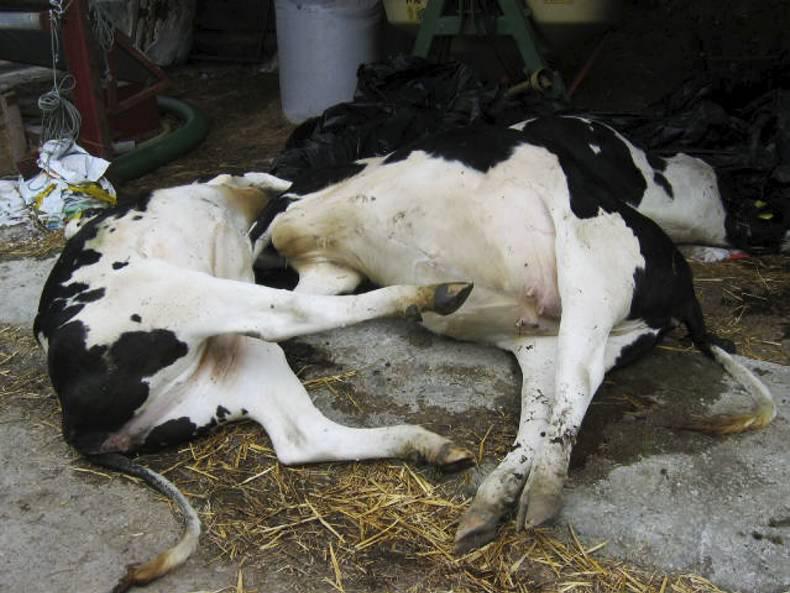
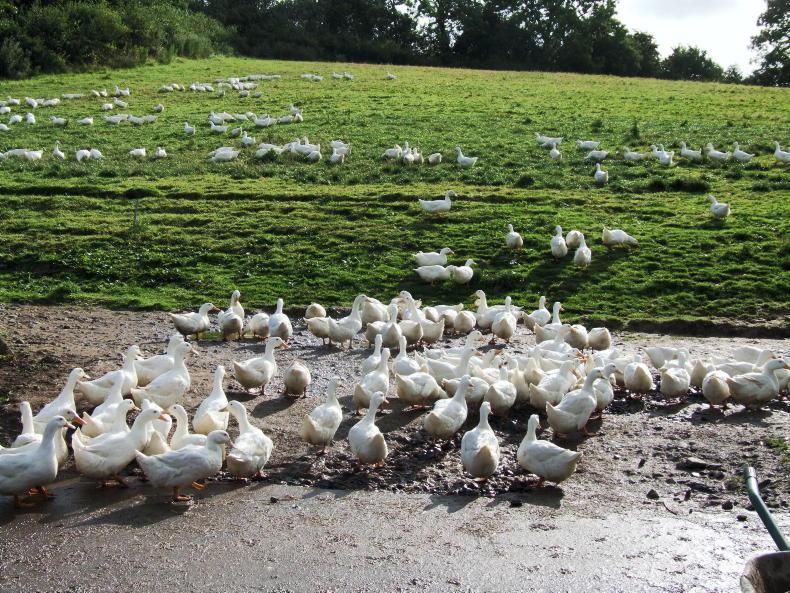

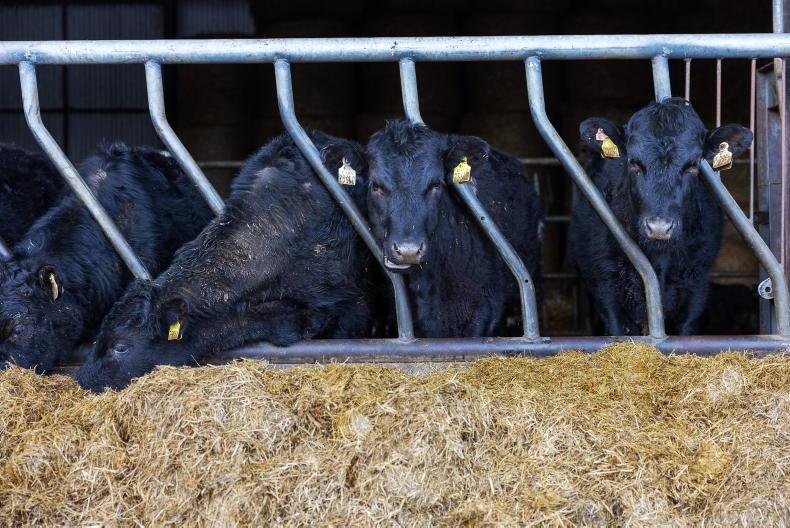
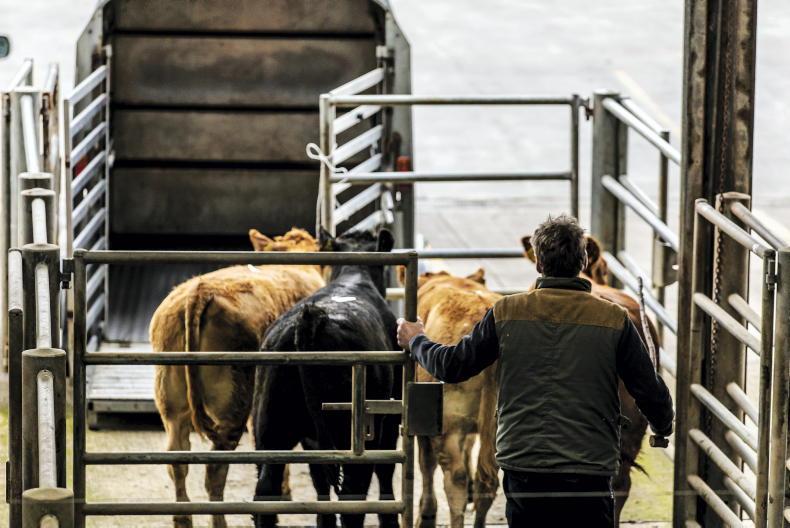
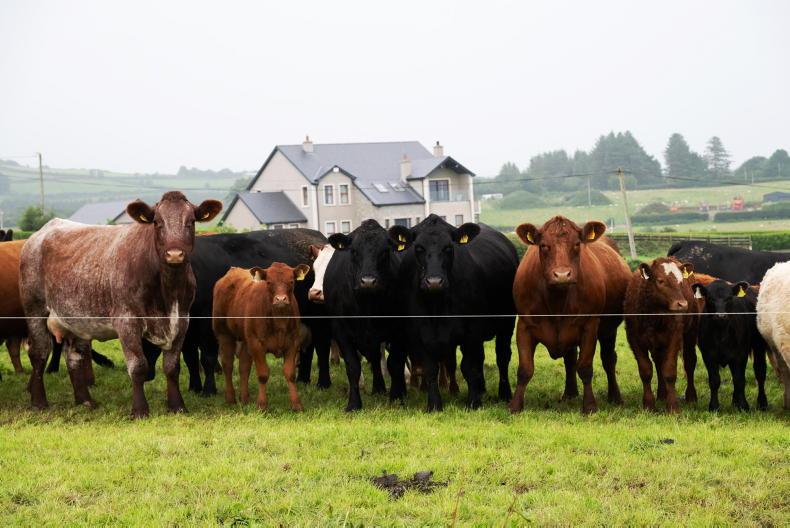
SHARING OPTIONS